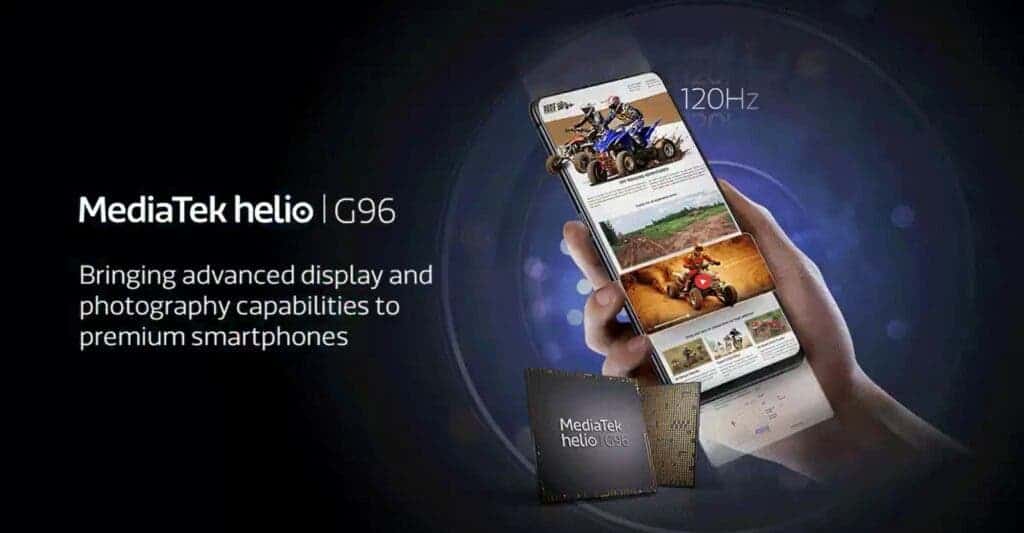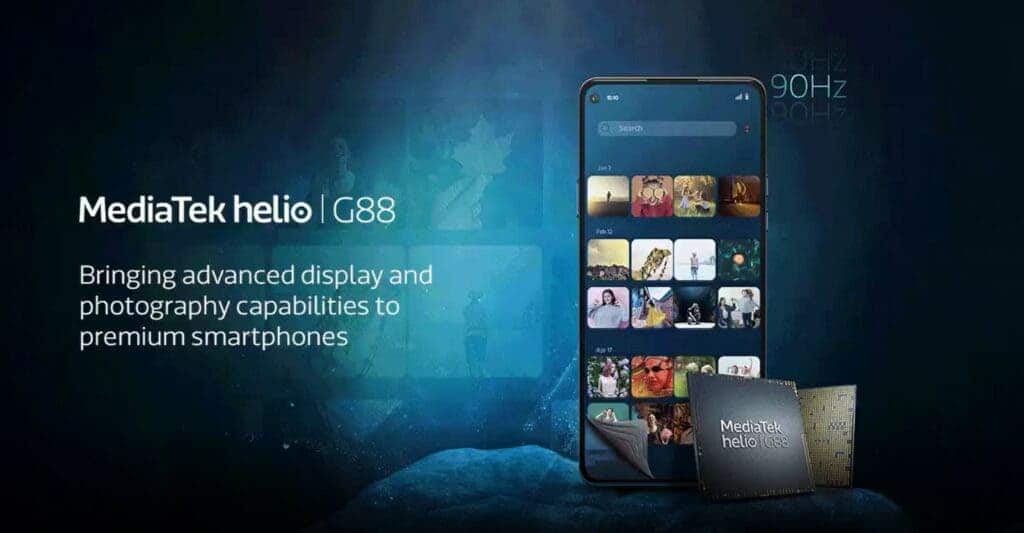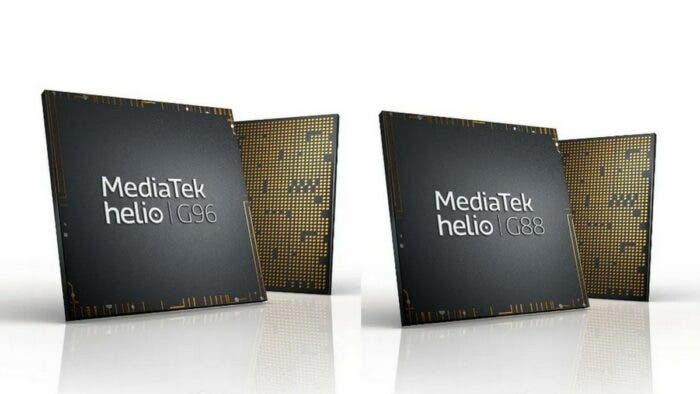MediaTek is in a roll recently with the Dimensity 5G chipsets. Since the last year, the company has been achieving popularity among smartphone makers with its cost-effective, but powerful 5G chips. This year, the company figures among the top chipset providers in the world. While the company’s big focus is on the 5G department, MediaTek still offers some of the best 4G chips for the mid-range and low-end segment. Even this year, dozens of smartphones are coming with the old Helio G80 and Helio G90/95 chips. Now, the company has announced new successors for these chips – Helio G88 and Helio G96. While these chips are 4G-only, they pack some interesting features like 90 Hz support for the low-end segment and 108MP camera support.
The new Helio G96 comes to take the position of Helio G90 and G95 chips. It offers support for 120 Hz displays along with support for 108 MP cameras as well as dual 4G SIM support. The MediaTek Helio G88, on the other hand, is a cost-effective chip that comes to replace the Helio G80 and G85 chips. It offers 90 Hz display support and support for 64 MP cameras.

Helio G96 main features
The latest chip from MediaTek offers great performance for the upper-mid-range segment. The SoC’s 120 Hz display support has no limitation in DDIC supply, C-phy or D-phy interface. It also supports both LCD or AMOLED technologies. The chip also packs Cat-13 4G LTE WorldMode modem integration for better 4G speeds. Furthermore, its 4G modem comes with VoLTE and ViLTE services support. In terms of AI processing, it comes with Intelligent Resource Management Engine and a Networking Engine as well as MediaTek’s HyperEngine 2.0 Lite game technology.
Further upgrades include faster storage UFS 2.2 and Bluetooth 5.2. In terms of performance, the chip boasts two Cortex-A76 cores clocked at 2.05GHz and six power-efficient Cortex-A55 cores. Not everything is perfect, as the GPU is downgraded to a Mali-G57 MC2 from a Mali-G76 MC4 on the G95.

Helio G88 Main features
The Helio G88 offers support for 90 Hz displays which are becoming popular even in the low-end segment. The chip has an Octa-Core architecture with two ARM Cortex-A75 CPUs clocked at up to 2.0GHz. It offers support for 64MP main cameras, a hardware depth engine for dual-camera bokeh captures, a camera control unit, and Electronic Image Stabilization. It also packs MediaTek HyperEngine 20 Lite technology for an enhanced gaming experience.
Unfortunately, there is no word on when the first smartphones with these platforms will appear. We can expect them to come later this year through Chinese brands.





